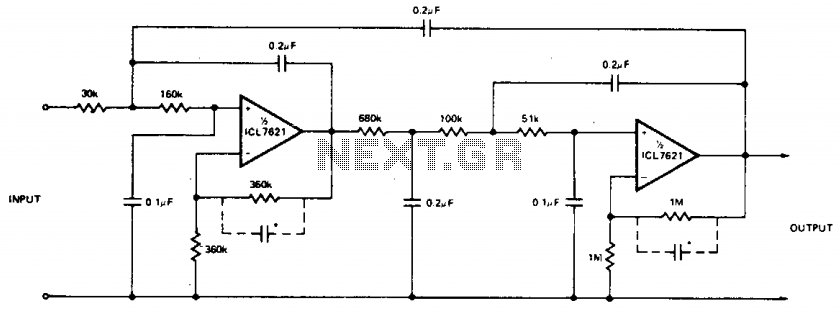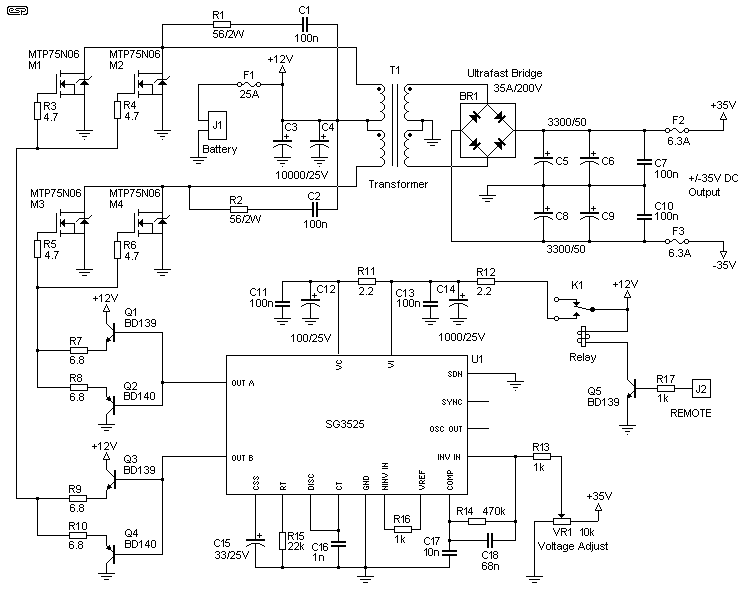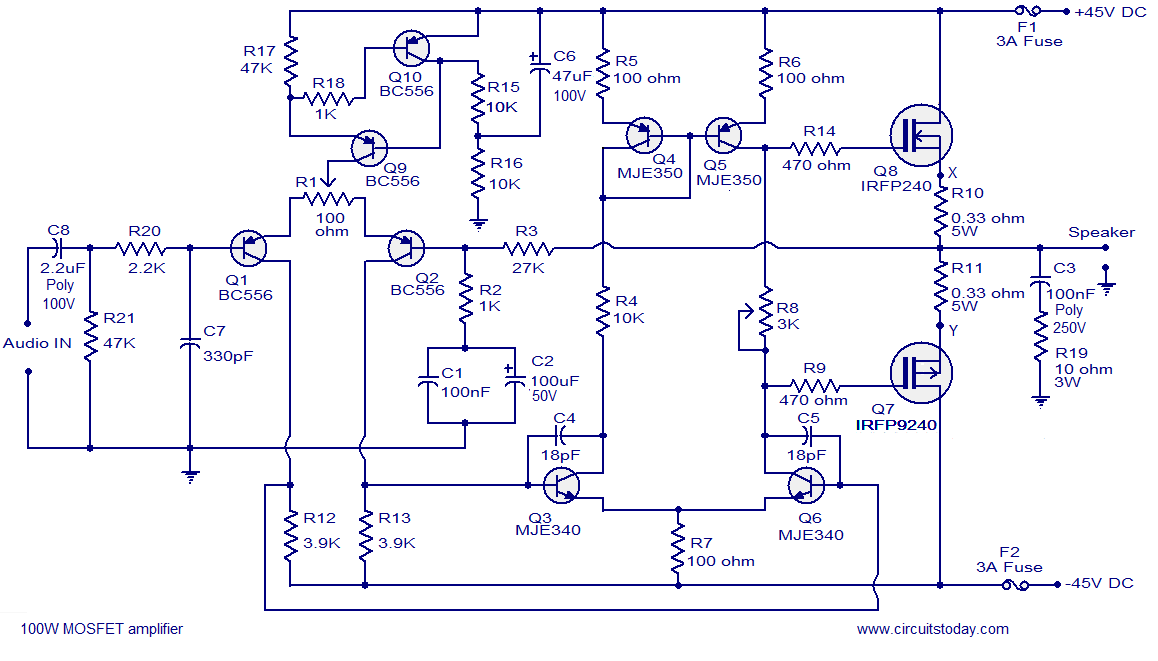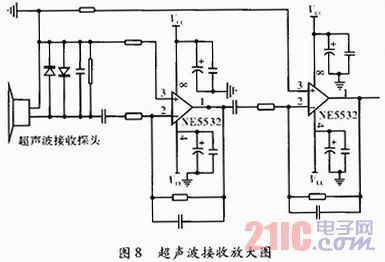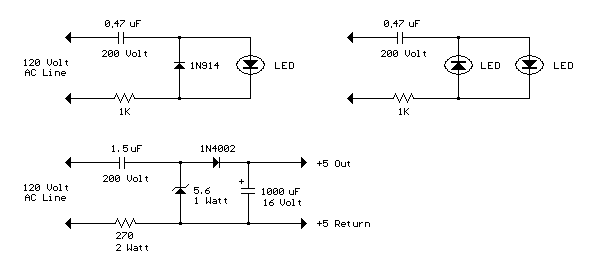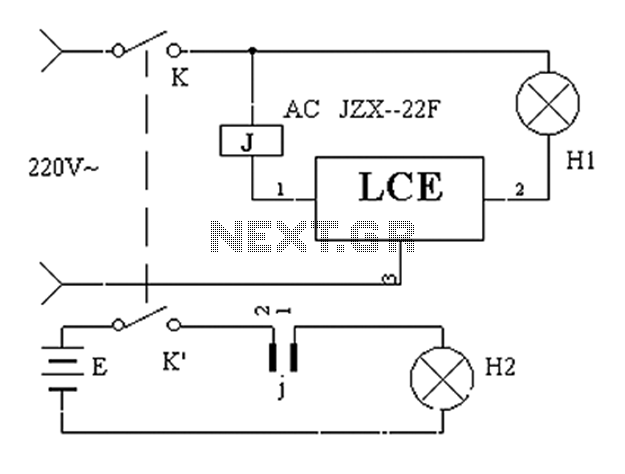
3 V/5 V Low Power Synchronous Voltage-to-Frequency Converter
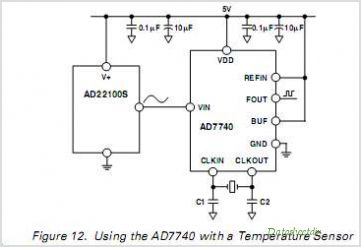
The ADF4107 Frequency Synthesizer can be used to implement local oscillators in the upconversion and downconversion sections of wireless receivers and transmitters. It consists of a low noise digital phase frequency detector (PFD), a precision charge pump, a programmable reference divider, programmable A and B counters, and a dual-modulus prescaler (P/P + 1). The A (6-bit) and B (13-bit) counters, in conjunction with the dual-modulus prescaler, implement an N divider (N = BP + A). Additionally, the 14-bit reference counter (R counter) allows for selectable REFIN frequencies at the PFD input. A complete phase-locked loop (PLL) can be implemented if the synthesizer is used with an external loop filter and voltage-controlled oscillator (VCO). Its very high bandwidth means that frequency doublers can be eliminated in many high-frequency systems, simplifying system architecture and reducing costs. By Analog Devices, Inc.
The ADF4107 Frequency Synthesizer is a versatile and highly integrated component designed for use in wireless communication systems. It is particularly effective in local oscillator applications, where precise frequency generation is critical for both upconversion and downconversion processes. The core architecture of the ADF4107 includes a low noise digital phase frequency detector (PFD) that ensures accurate phase comparison between the input reference frequency and the feedback signal from the output, thus maintaining stable frequency synthesis.
The precision charge pump is responsible for generating the necessary control voltage for the external voltage-controlled oscillator (VCO) based on the output of the PFD. This allows for fine-tuning of the frequency output, which is essential in achieving the desired operating frequency for various wireless applications. The programmable reference divider allows for flexible frequency scaling, enabling the user to select appropriate reference frequencies for the PFD input.
The dual-modulus prescaler, which operates in conjunction with the programmable A and B counters, allows for a wide range of frequency division ratios. This is achieved by implementing an N divider where N is defined as N = BP + A, providing users with the ability to achieve precise frequency control over a broad spectrum of frequencies. The A counter provides 6 bits of resolution while the B counter offers 13 bits, enabling fine granularity in frequency selection.
Furthermore, the inclusion of a 14-bit reference counter (R counter) enhances the device's capability to handle different input frequencies, allowing for selectable REFIN frequencies that can be adjusted according to the system requirements. This feature is particularly advantageous in multi-band and multi-standard wireless systems.
The ADF4107's ability to function effectively without frequency doublers in many high-frequency scenarios is a significant advantage. By simplifying the overall system architecture, it not only reduces component count but also lowers manufacturing costs while improving reliability and performance. The device is suitable for various applications, including mobile communications, satellite systems, and other RF transmission systems, making it a valuable component in modern electronic design.The ADF4107 Frequency Synthesizer CAN be used to implemen local Oscillators in the upconversion and downconversion sections of Wireless receivers and transmitters. It consists of a low noise digital PFD (phase frequency detector), a precision Charge Pump programmable reference divider, programmable A and B Counters and a dual-modulus prescaler (P/
P + 1). The A (6-bit) and B (13-bit) Counters in conjunction with the dual-modulus prescaler (P/P + 1), implement an N divider (N = BP + A). In addition, the 14-bit reference Counter (R counter), allows selectable REFIN frequencies at the PFD input.
A complete PLL (phase-locked loop) CAN be implemented if the synthesizer is used with an external loop Filter and VCO (voltage controlled oscillator). Its very high bandwidth means that frequency doublers CAN be eliminated in many high frequency systems, simplifying system architecture and reducing cost.
By Analog Devices, Inc. 🔗 External reference
The ADF4107 Frequency Synthesizer is a versatile and highly integrated component designed for use in wireless communication systems. It is particularly effective in local oscillator applications, where precise frequency generation is critical for both upconversion and downconversion processes. The core architecture of the ADF4107 includes a low noise digital phase frequency detector (PFD) that ensures accurate phase comparison between the input reference frequency and the feedback signal from the output, thus maintaining stable frequency synthesis.
The precision charge pump is responsible for generating the necessary control voltage for the external voltage-controlled oscillator (VCO) based on the output of the PFD. This allows for fine-tuning of the frequency output, which is essential in achieving the desired operating frequency for various wireless applications. The programmable reference divider allows for flexible frequency scaling, enabling the user to select appropriate reference frequencies for the PFD input.
The dual-modulus prescaler, which operates in conjunction with the programmable A and B counters, allows for a wide range of frequency division ratios. This is achieved by implementing an N divider where N is defined as N = BP + A, providing users with the ability to achieve precise frequency control over a broad spectrum of frequencies. The A counter provides 6 bits of resolution while the B counter offers 13 bits, enabling fine granularity in frequency selection.
Furthermore, the inclusion of a 14-bit reference counter (R counter) enhances the device's capability to handle different input frequencies, allowing for selectable REFIN frequencies that can be adjusted according to the system requirements. This feature is particularly advantageous in multi-band and multi-standard wireless systems.
The ADF4107's ability to function effectively without frequency doublers in many high-frequency scenarios is a significant advantage. By simplifying the overall system architecture, it not only reduces component count but also lowers manufacturing costs while improving reliability and performance. The device is suitable for various applications, including mobile communications, satellite systems, and other RF transmission systems, making it a valuable component in modern electronic design.The ADF4107 Frequency Synthesizer CAN be used to implemen local Oscillators in the upconversion and downconversion sections of Wireless receivers and transmitters. It consists of a low noise digital PFD (phase frequency detector), a precision Charge Pump programmable reference divider, programmable A and B Counters and a dual-modulus prescaler (P/
P + 1). The A (6-bit) and B (13-bit) Counters in conjunction with the dual-modulus prescaler (P/P + 1), implement an N divider (N = BP + A). In addition, the 14-bit reference Counter (R counter), allows selectable REFIN frequencies at the PFD input.
A complete PLL (phase-locked loop) CAN be implemented if the synthesizer is used with an external loop Filter and VCO (voltage controlled oscillator). Its very high bandwidth means that frequency doublers CAN be eliminated in many high frequency systems, simplifying system architecture and reducing cost.
By Analog Devices, Inc. 🔗 External reference
